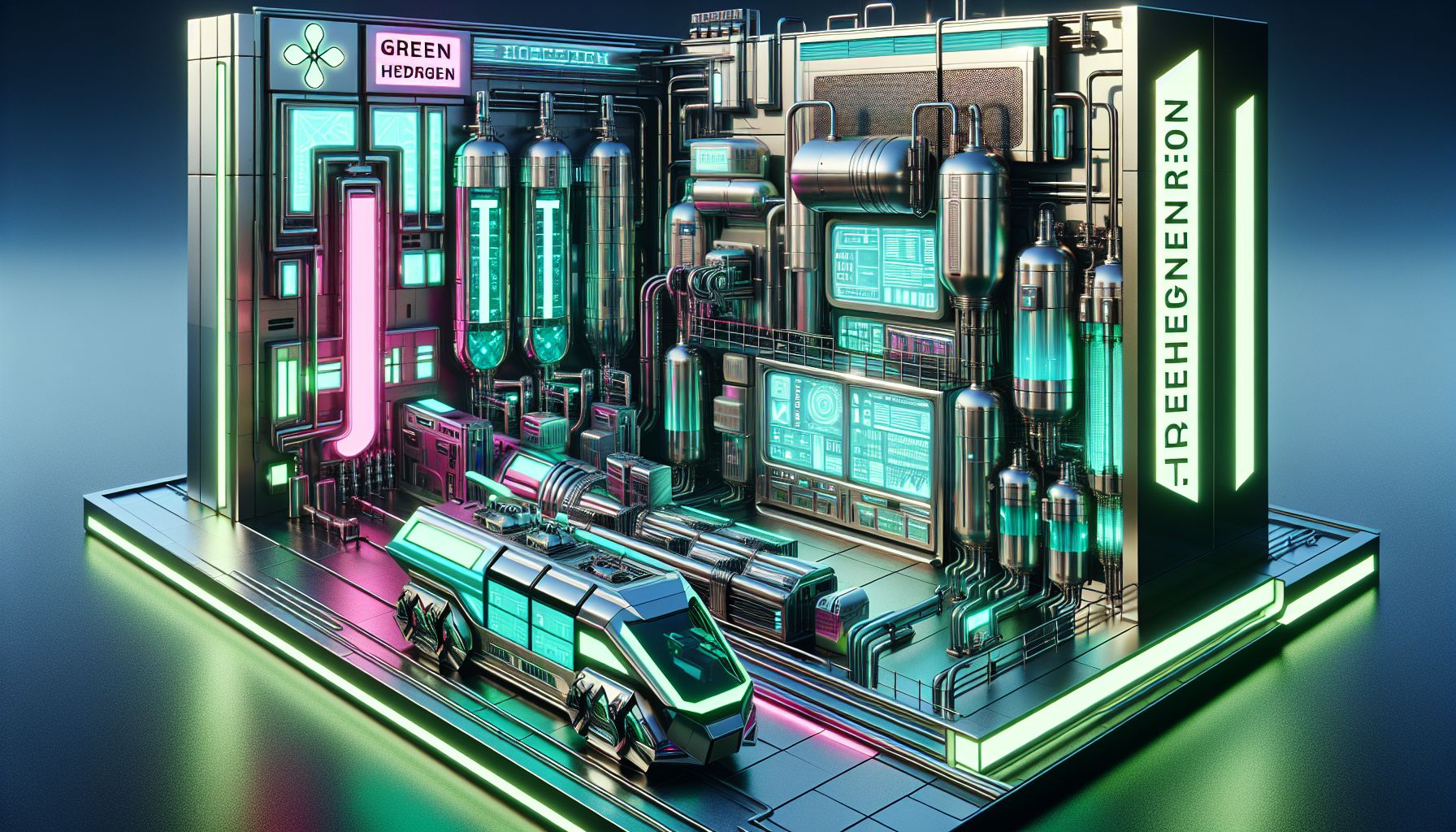Charting the Green Hydrogen Revolution: A Global Call to Action

IRENA’s report highlights the urgent need for international collaboration to scale up green hydrogen, essential for a net-zero future.
The Path to a Cleaner Future
As I delve into the intricacies of green hydrogen, I can’t help but be astounded by its potential. The latest report from IRENA’s Collaborative Framework on Green Hydrogen is a clarion call to action, stressing the vital role of green hydrogen in achieving net-zero emissions by mid-century[1]. With the current electrolyser capacity being a mere drop in the ocean, the envisioned expansion to a staggering 5,722 GW by 2050 showcases a path of transformational growth[1].
Fostering International Synergy
I find it truly inspiring to see how IRENA serves as a nexus for global cooperation[2]. Their work extends beyond mere advocacy; it’s about fostering a collective vision. This latest report is not just a document but a roadmap, guiding us through the development of robust supply and demand structures, and identifying potential blind spots[1]. It’s crystal clear that international synergy isn’t just beneficial—it’s indispensable.
The Youth Factor
There’s an exciting element to this green transition—the youth. IRENA’s Youth Forum brought together young minds from over 60 countries, all buzzing with ideas[3]. Ms Gauri Singh of IRENA emphasized the importance of this new generation, and how they’re not just part of the conversation—they’re driving it[4]. Their innovations could very well be the key to unlocking a sustainable energy future.
Investment and Fairness
It’s not all sunshine and wind turbines though; the financial aspect is a sobering reminder of the challenges ahead. Between 2015 and 2022, renewable energy investments were substantial, but the least developed countries saw a mere 1.15% of this funding[5]. The call for an enabling policy framework to ensure a fair and inclusive energy transition couldn’t be more timely[5].
The Role of Small Island Developing States
I can’t overlook the specific needs of Small Island Developing States (SIDS). An investment of USD 10.5 billion is required for these nations to meet the additional capacity demand of 7.4 GW by 2030[6]. This isn’t just about resilience; it’s about survival. The green hydrogen revolution must be inclusive, ensuring that these vulnerable nations are not left behind.
Looking Ahead
The journey to a green hydrogen economy is indeed daunting, yet the vision painted by IRENA is one of optimism and resolve. As we stand on the cusp of this revolution, it’s essential to remember that every step taken is a step towards a sustainable and equitable energy landscape for all. Now is the time for action, collaboration, and most importantly, hope.